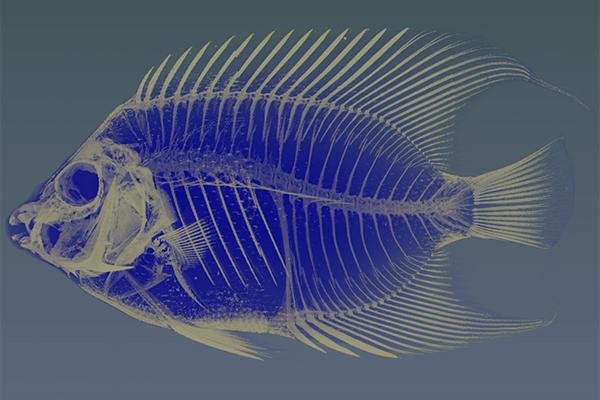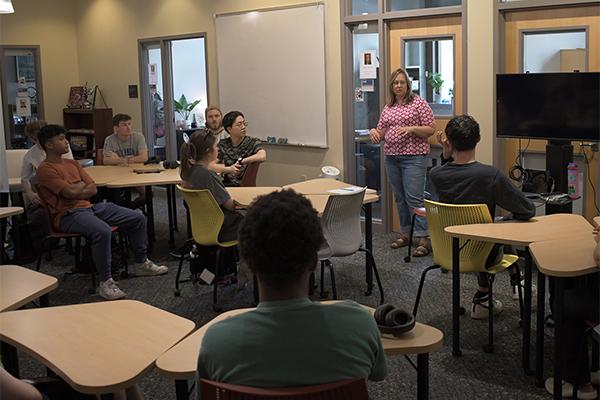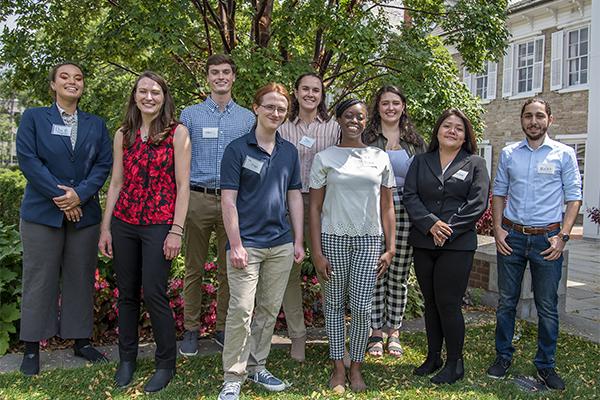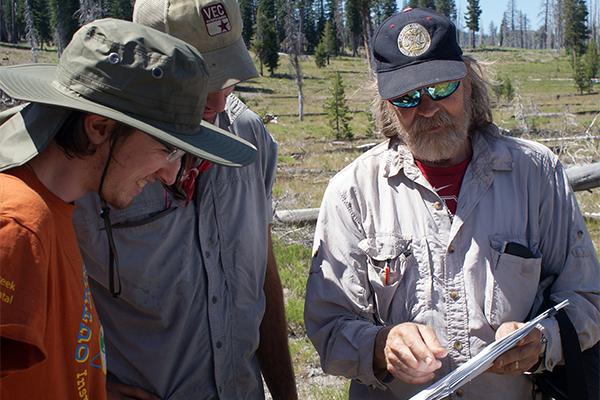The Center for Quantitative Imaging (CQI) recently supported a three-day additive manufacturing practicum for industry professionals to gain hands-on experience in using 3D X-ray CT scanning.
IEE has welcomed two new researchers including Mark Ortiz, assistant professor of geography, They will also work with Penn State Climate Consortium.
Conducting research as an undergraduate can be daunting, but Sierra Wright and a group of Penn State students from across the state jumped in feet first this summer through the Multi-Campus Research Experience for Undergraduates (MCREU).
Olivia DiPrinzio, energy engineering and earth science and policy major, is one of five nominated for the competitive and prestigious Rhodes and Marshall scholarships.
With a combination of computational tools and insights from traditional meteorology and a three-year, $973,396 grant from the U.S. National Science Foundation (NSF), researchers are working to better understand and predict extreme weather events on both Earth and Mars.
Eli Vogel, now in the graduate program for environmental science and policy at Johns Hopkins, published results from research conducted with Ken Davis in the journal Carbon Management.
Teaching and Learning with Technology has announced the Teaching and Learning Technologies Faculty Advisory Committee for the 2024-25 academic year, which includes Kevin Haworth, assistant teaching professor of earth and mineral sciences and Giles Writer-in-Residence.
Registration is open for Materials Day, an opportunity for the University research community to celebrate past achievements, make connections and peer into the future of materials.
Alan Taylor, a recently retired and now professor emeritus of geography, spent decades researching West Coast landscape and fire ecology. He used ecological signals and human history to paint a picture of how forests changed over time.
The 2024 fall series will showcase the work of retired faculty members, iincluding Andrew Carleton, Bill Easterling. Lectures will take place at Foster Auditorium in the Pattee-Paterno Library.











